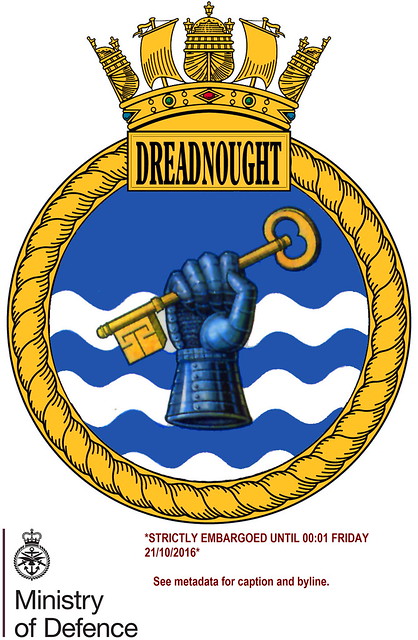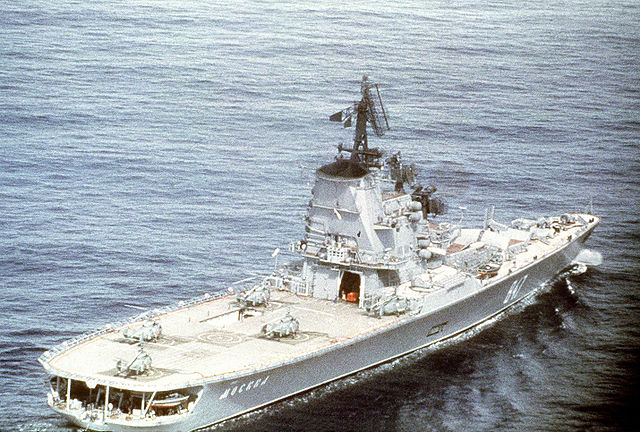
Submarine of the Royal Navy. From Dreadnought to Trafalgar.
The Dreadnought was the Royal Navy's first nuclear powered submarine. Noteworthy is the way the bow depth adjusters are folded. Photo Author's collection
In the mid-50s, work began on a nuclear submarine in the UK. The ambitious program, which struggled with numerous difficulties from the outset, led to the creation of several types of torpedo ships, and then multi-purpose ships, which formed the backbone of the Royal Navy until the end of the Cold War. They are designated by the abbreviation SSN, that is, a general-purpose nuclear attack submarine.
The question was raised about the use of nuclear energy for the movement of submarines of the Royal Navy (hereinafter referred to as RN).
in 1943. In the course of discussions about the direction of development of a propulsion device independent of atmospheric air, the concept of using for this purpose the energy released during a controlled nuclear reaction arose. The involvement of British scientists in the Manhattan Project and the realities of war meant that it took a decade to start working on the issue.
The idea of a nuclear submarine was "dusted" a few years after the war. Young lieutenant eng. R. J. Daniel, who had seen the destruction at Hiroshima and watched the tests at Bikini Atoll, prepared for the supervisor
from the report of the Royal Shipbuilding Corps on the potential of nuclear weapons. In a paper written in early 1948, he also pointed out the possibility of using nuclear energy to propel ships under
water.
At that time, the experimental reactor at Harwell was already operating in the UK, which in August 1947 reached a critical state. The success of this small air-cooled device and experiments
from its operation, significantly influenced the future of the British nuclear program. Under the directive of the Labor government, the available funds and resources were focused on the further development of gas reactors (GCR), and ultimately on their mass use for civilian purposes. Of course, the planned use of reactors in the energy sector did not rule out the production of plutonium in this way, which is a key component of the British A-bomb program.
However, the high priority given to work on the GCR reactors had implications for the Supervisory Board. Research into reactors with water or liquid metal as coolants has slowed down. Harwell's AERE and RN research teams were delegated to work on other projects. Section of Robert Newton, working in the office of the DNC (Director of Naval Construction) in Bath, under the direction of the admiral. Stark developed the design of a nuclear power plant, participated in the work on conventional Porpoise installations (8 units, in words from 1958 to 1961) and the development of the HTP propulsion system.
Dead End - HTP Disc
The pioneers of the use of concentrated hydrogen peroxide (HTP) in the power plants of submarines were the Germans. As a result of the work of prof. Helmut Walther (1900-1980), at the end of the 30s, a ship turbine power plant was built, in which HTP decomposition was used as an oxidizer necessary for fuel combustion. This solution was, in particular, used in practice on submarines of type XVII B, the assembly of which on stocks began at the end of 1943, and only three were completed in the last months of the war.
